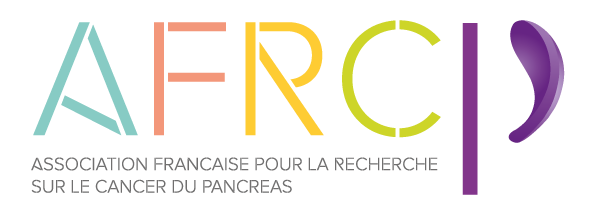
1ère Journée Scientifique de l’Association Française de la Recherche sur le Cancer Pancréatique (AFRCP)
PARIS,
Auditorium ADICARE, Pavillon de cardiologie,
institut de cardiologie, Hôpital de la Pitié Salpêtrière.
17 Septembre 2014.
Organizing comity :
Dr. Pierre Cordelier, U1037, Toulouse
Dr. Nelson Dusetti, U1068, Marseille
Dr. Nicolas Jonckherre, UMR837, Lille
L’AFRCP ainsi que le comité d’organisation de cette première journée scientifique tiennent à remercier le Club Français du Pancréas (CFP) pour son soutien financier et logistique.
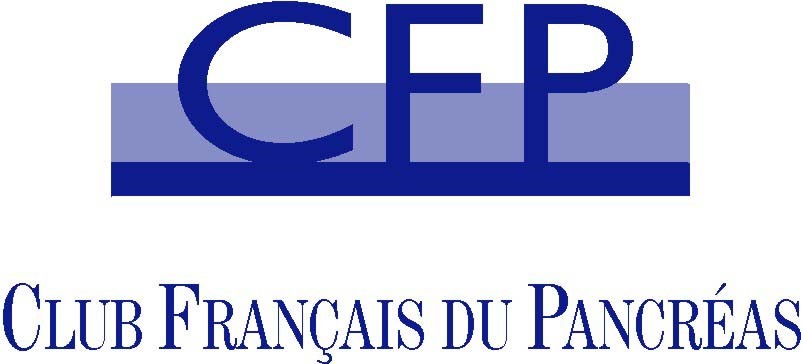
Ils tiennent également à remercier les financeurs qui ont permis l’organisation de cette réunion :
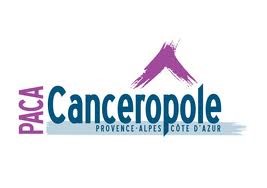

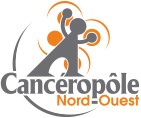
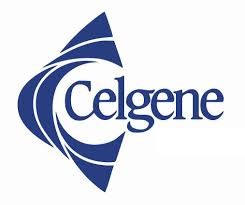
CONFÉRENCES
Conférence n°1
“Back to the drawing board: Rethinking the role of the stroma in pancreatic cancer “.
Fernandez Zapico (Mayo clinic, Rochester, USA).
A striking characteristic of pancreatic ductal adenocarcinoma (PDAC) is the profound desmoplastic reaction, a feature of the microenvironment present in the majority of these tumors, appearing at early stages of PDAC development and making up the bulk mass of the neoplasms. Numerous reports have demonstrated that this reaction enveloping the tumoral cell compartments, influences the growth, survival and migration of these cells. In addition it contributes to an increase in interstitial fluid pressure and solid stress blocking perfusion of chemotherapeutic drugs to tumor cells, and contributes generally to the chemoresistance in PDAC. Thus, these findings led the researchers in the field to propose the stromal compartment as a suitable target against which to develop approaches for aiding the treatment of PDAC. Surprisingly, recent reports from the last 6 months provided evidence of a protective function of the stroma. Depletion of this cellular compartment led to a more aggressive phenotype and exhibited undifferentiated histology, increased vascularity, and heightened proliferation. This is in alignment with clinical studies using anti-stromal therapy showing a higher rate of progressive disease. Therefore, as stated in the title, we should reconsider the way we look at the stroma to better design our translational efforts for PDAC.
Conférence n°2
“Molecular Subtypes with Distinct Cellular-origins, Metastatic Potentials, Metabolisms and Therapies in Different Types of Pancreatic Cancers”.
Anguraj Sadanandam (ICR, Londres, Royaume-Unis).
Pancreatic tumors are heterogeneous involving multiple somatic genetic alterations associated with discrete stages of the disease progression, different oncogenic events and/or differential cellular origin. The most deadly aspects of pancreatic cancer are its ability to metastasize to distant organs and unresponsiveness to current treatment regimens leading to poor survival of the patients. The unresponsiveness of these tumors to therapy attributes to the reason that existing treatments are mainly targeting unselected patient population due to lack of biomarkers and as a result majority of the patients are undergoing over- or under-diagnosis and -treatment leading to poor disease management. During the presentation, I will discuss our recent efforts to identify and apply molecular markers that stratify different types of pancreatic cancers – pancreatic ductal adenocarcinoma and pancreatic neuroendocrine tumors -into subtypes with different prognostic and therapeutical outcomes and cellular origins that probably will assist for better disease management. The major approach is to combine multiple areas of “omics” including transcriptomicsand metabolomics coupled with cutting-edge molecular and computational biology techniques (systems biology) to explore the mechanisms how genome-wide genetic/metabolic abnormalities contribute to different pathophysiologies of cancer subtypes, assess the ways these abnormalities influence responses to different therapies using cell lines, animal models and human tumor tissues and finally, identify the possible and effective personalized therapy.
Conférence n°3
« Thérapies innovantes pour le traitement du cancer du pancréas. Exemple de l’Abraxane ».
Rosine Guimbaud (Hôp. Rangueil, Toulouse).



